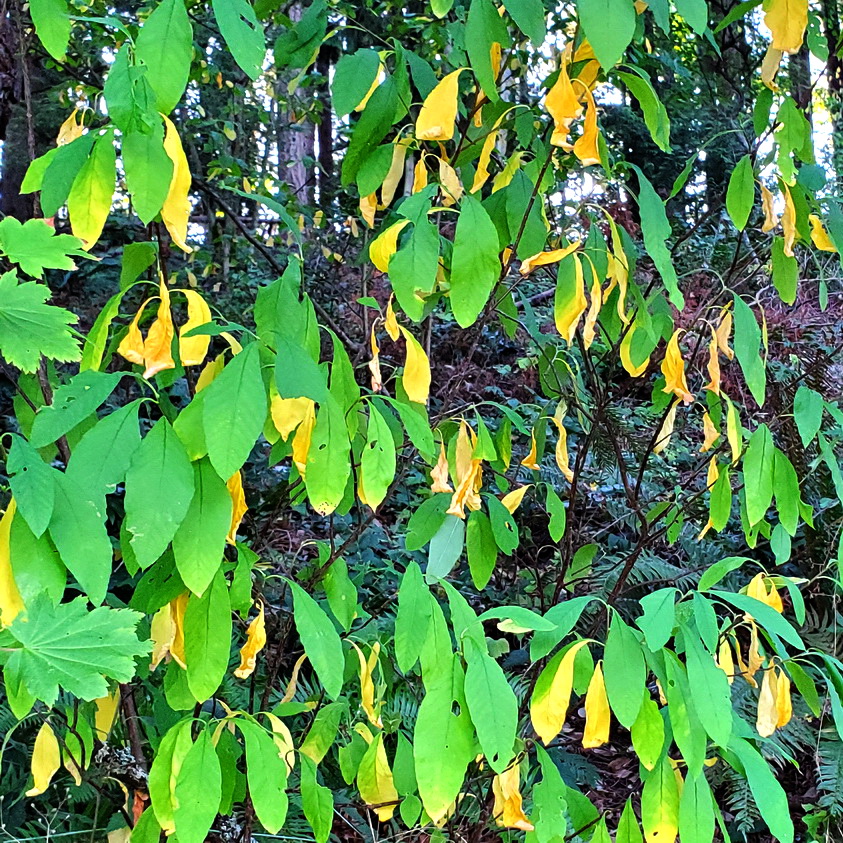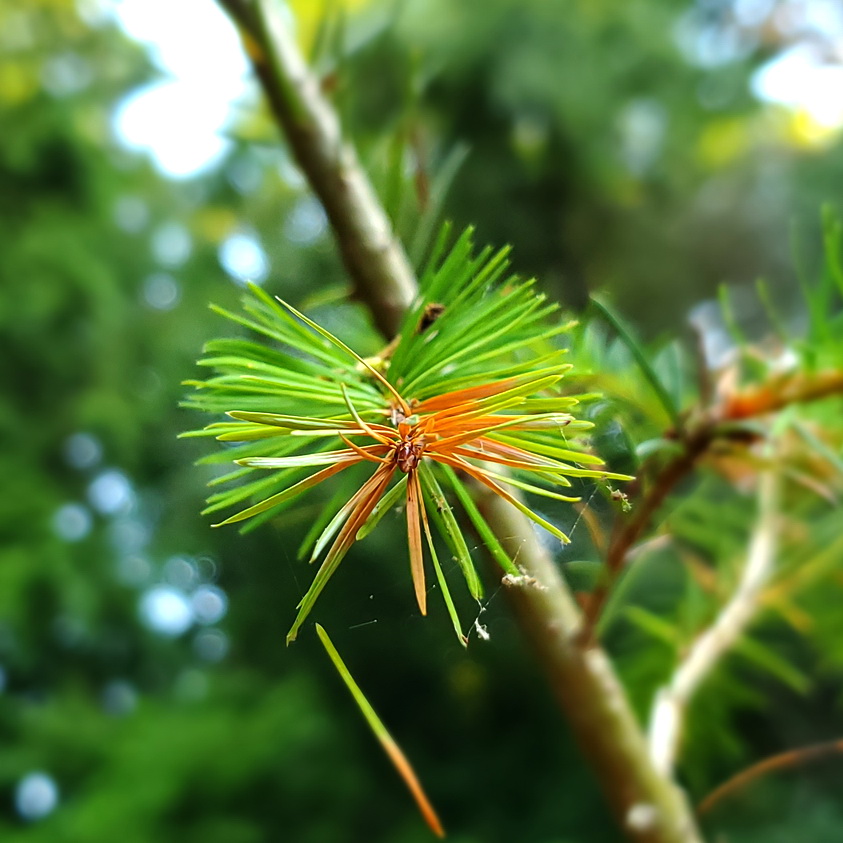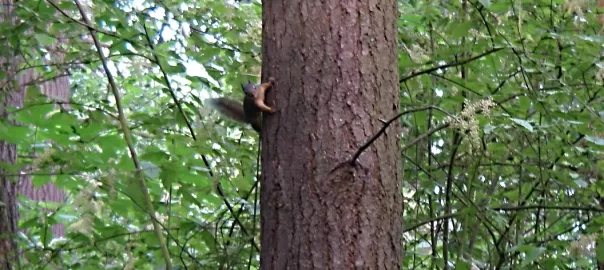Of the three conifers that provide the backbone of the Puget Lowland forest, Western Redcedar, Western Hemlock, and Douglas Fir, the fir would appear to be the most resistant to our increasingly long, hot dry seasons. Yet Douglas Fir may also be in peril, already suffering declines in Oregon’s Klamath Mountain from factors related to climate change (here and here).

In this blog I look at some of the recent research on how trees have been responding to the decreased moisture levels and higher temperatures associated with climate change.
How Trees Respond to Decreased Moisture Levels
A recent paper by a team from the University of California Santa Barbara and the University of Utah (here) documents the ways existing forests and trees in the United States have been responding to climate change. Co-author, Leander Anderegg, Assistant Professor at UC Santa Barbara has been researching the way in which individual trees respond to decreased moisture levels. According to Anderegg (here), “All the data to date suggest that leaf area is just the biggest lever that individual trees can throw to manage water stress.” When I emailed him about the word “lever” he wrote back, “If you visualize a tree having a control board of things it can adjust to match its physiology to the environment (I imagine a bunch of knobs and levers), the biggest, easiest lever for them to pull is the lever that turns down their leaf area. All the other stuff (how stress resistant their xylem is, how deep their roots are, how efficiently their leaves use water) is harder to change, so they pull the leaf area lever first and foremost.”

Douglas Fir Response to Hotter, Drier Air
According to another recent paper, drier air itself can be a bigger problem for Douglas Fir than the lack of moisture in the soil (here). A team from Oregon State University led by postdoctoral researcher Karla Jarecke found (here) that “decreasing spring and summer precipitation did not have much of an effect on Douglas Fir water stress because moisture remained plentiful deep in the soil profile. This demonstrated that the effect of reduced rainfall under future climate change may be minimal but will depend on subsurface water availability, which is determined by soil properties and rooting depths.” However, the hotter, drier air itself, increases water loss via transpiration thus reducing the water available to leaves (here). With Douglas Fir, this could result in reduced leaf area through increased summer browning of needles – another example, perhaps, of “Leander’s Lever.”

The Future of the Mature Douglas Firs in Forest Park
The future of the mature Douglas Firs in Forest Park is not assured, but there is hope. Provided that we continue to get enough rainfall in the wet season to saturate the deep soil, the trees may be able to survive both longer dry seasons and higher temperatures.
